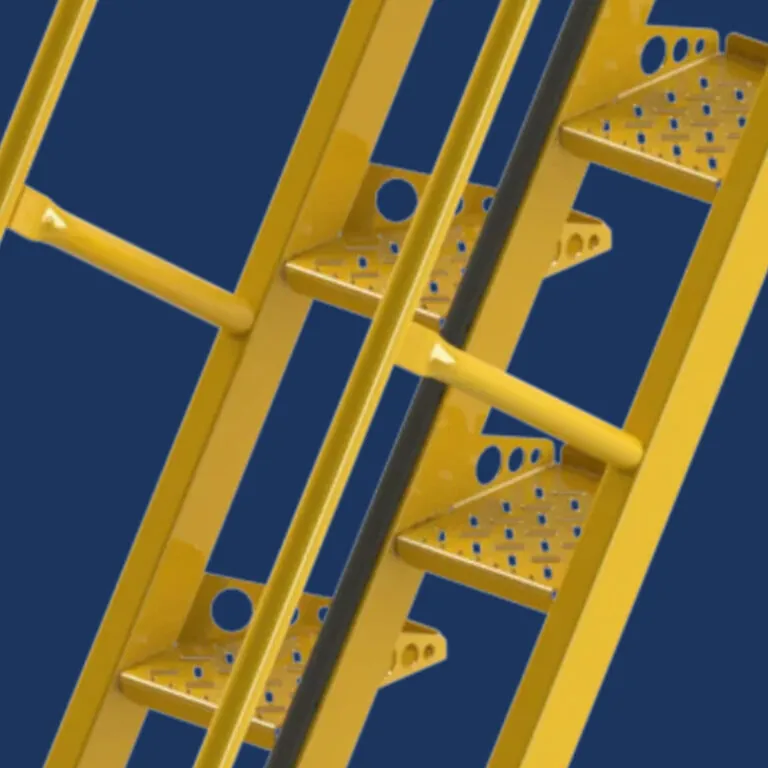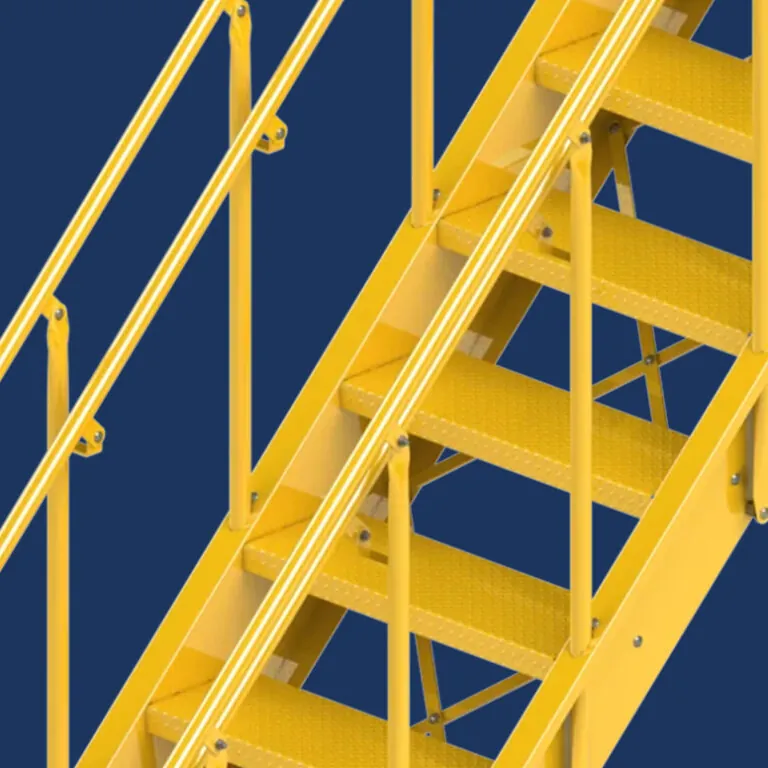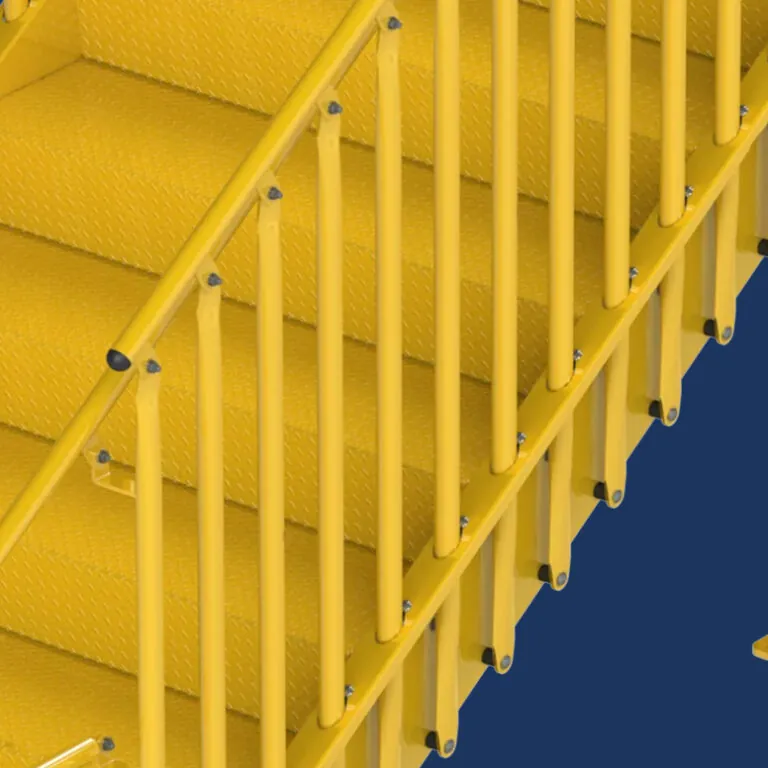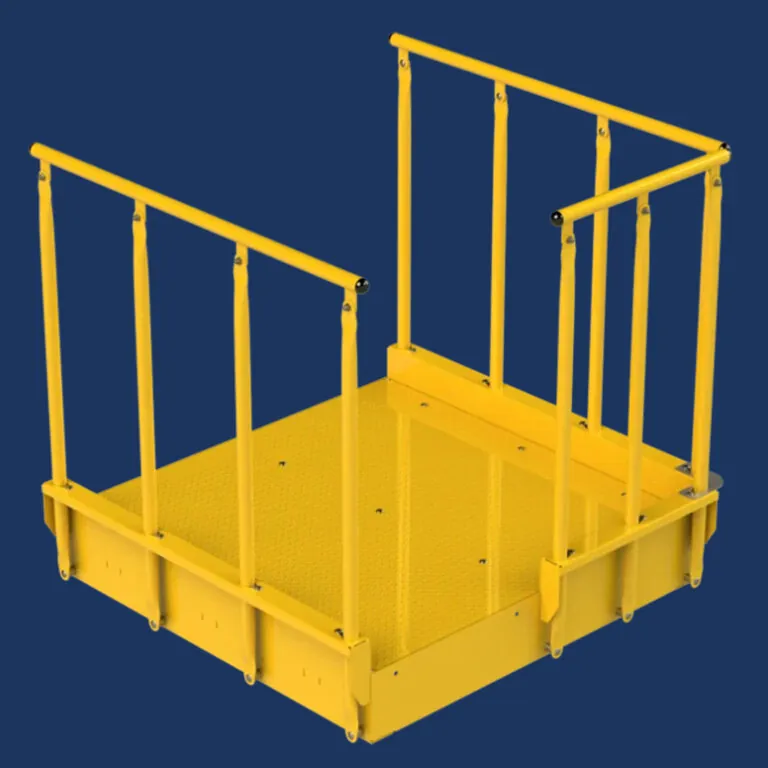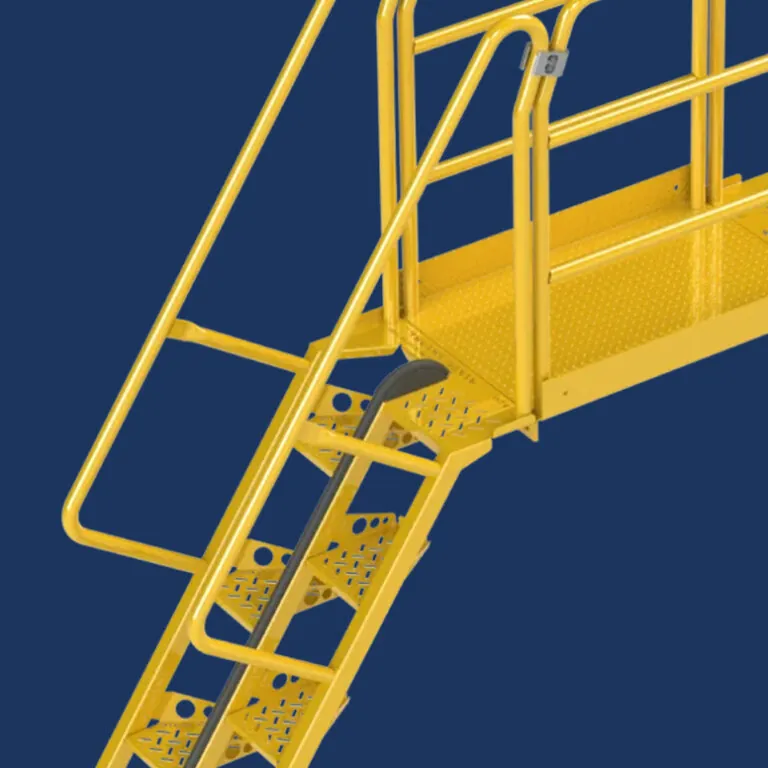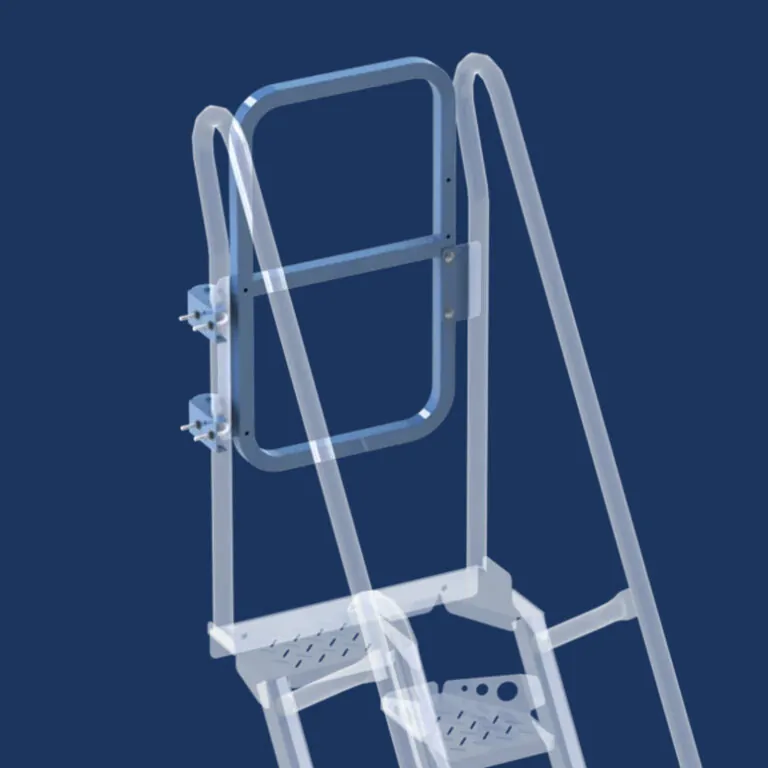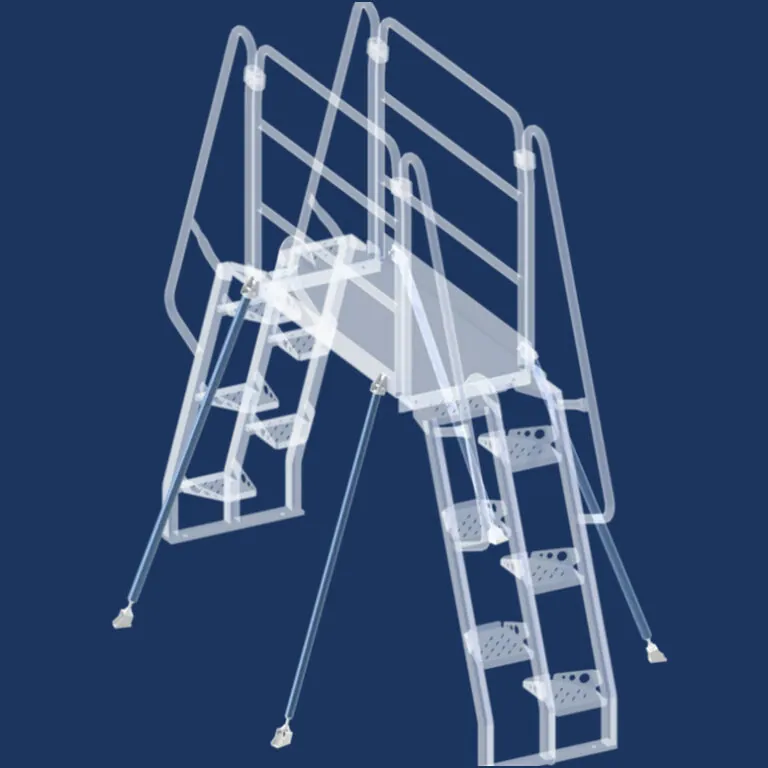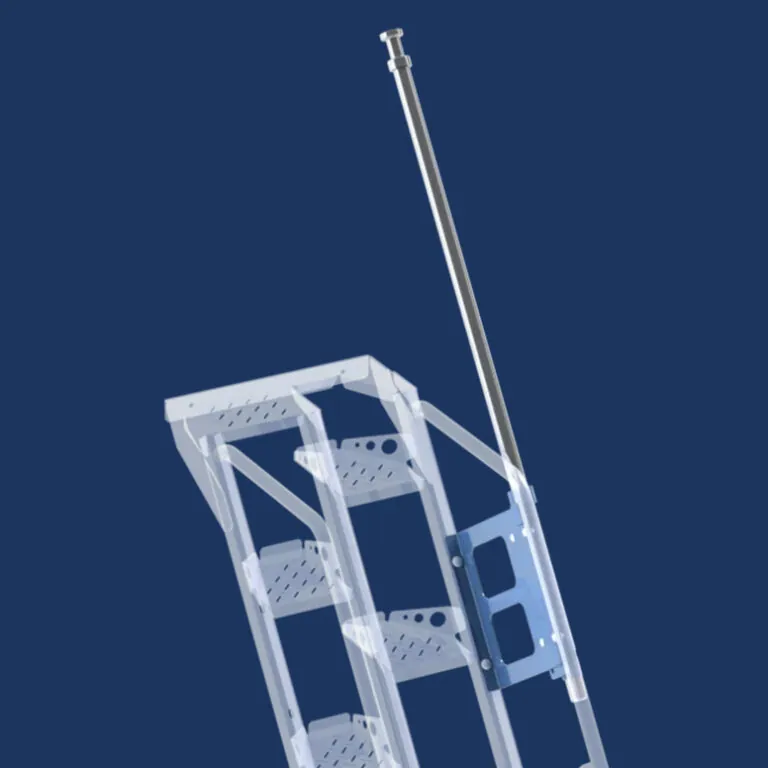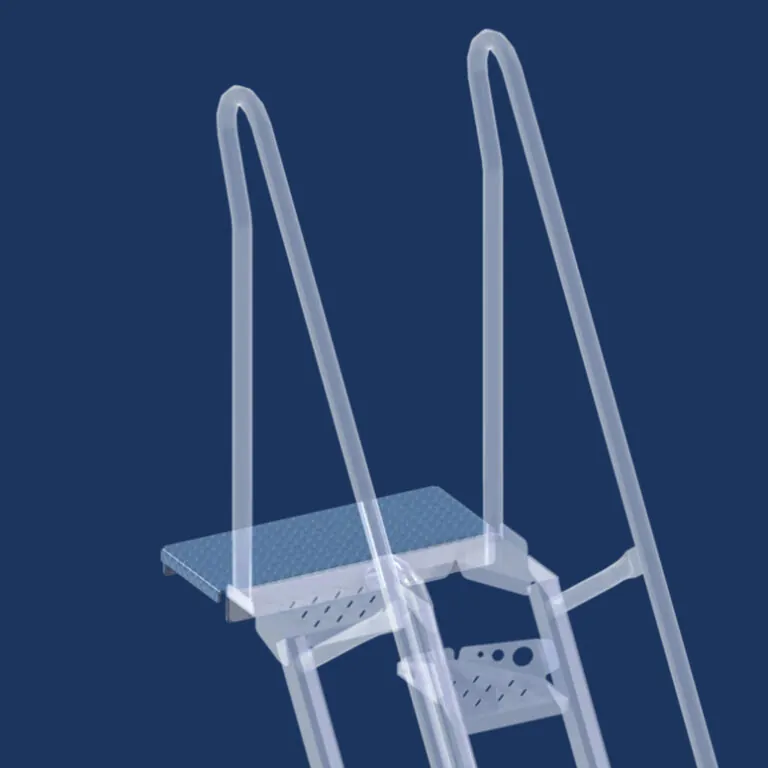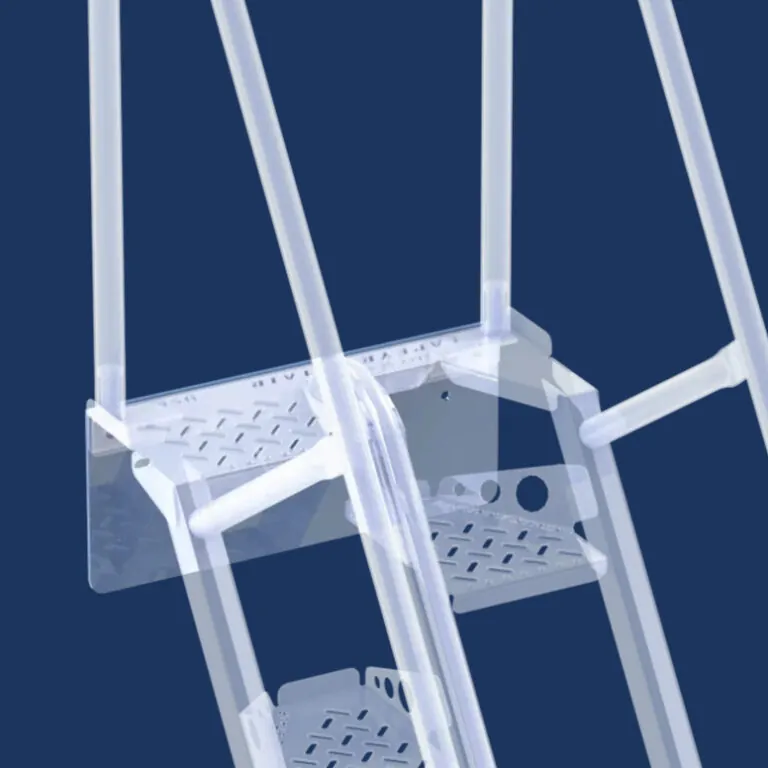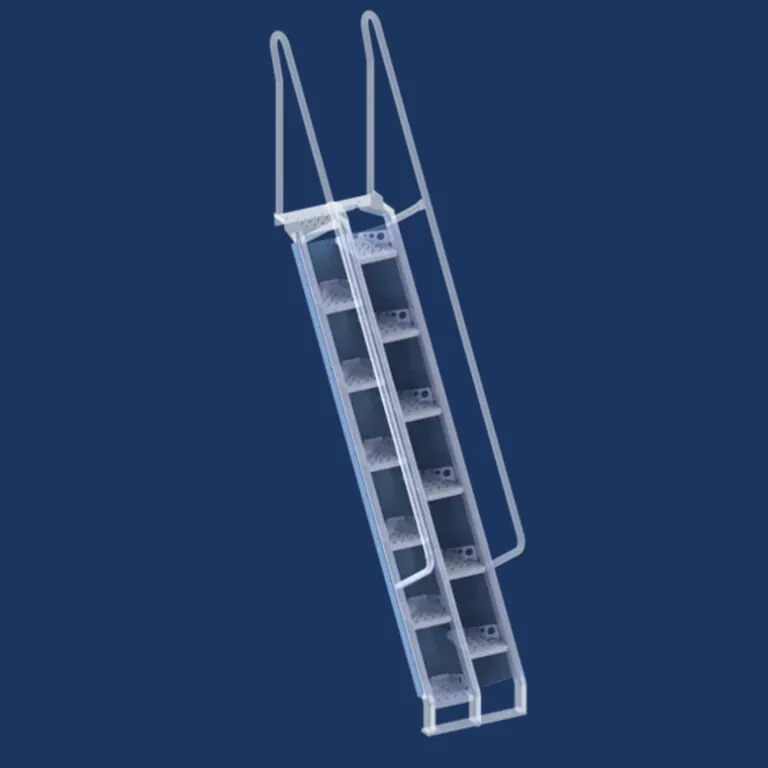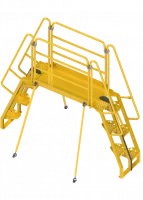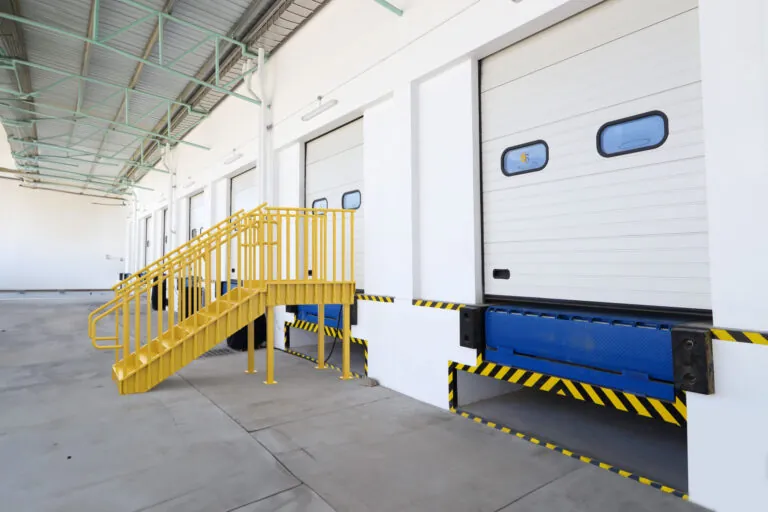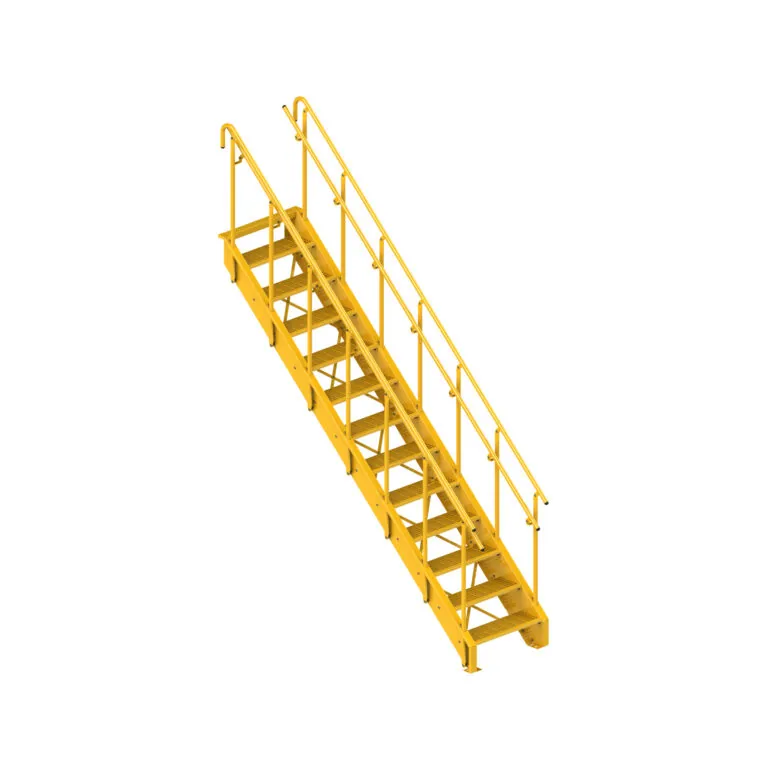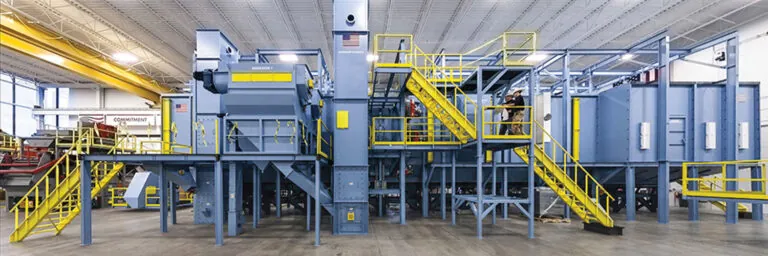Stair tread depth and riser height definitions
Stair tread depth, stair riser height, minimum stair tread depth requirements, and maximum stair riser height requirements are defined by OSHA and IBC.
Understanding the OSHA stair requirements as well as IBC stair requirements can help ensure your stairs are safe and in compliance.
Stair Tread Depth Definition
The stair tread depth code is defined in OSHA sections 1910.21 and 1910.25 and in IBC chapter 10 means of egress.
Under OSHA 1910.21 the stair tread means a horizontal member of a stair or stairway but does not include landings or platforms.
IBC 2018 states that “tread depth is measured horizontally between the vertical planes of the foremost projection of adjacent treads and at a right angle to the tread’s leading edge.” It is a measure of the surface available for the user’s foot to rest as they ascend or descend the stair.
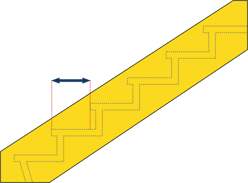
Stair Riser Height Definition
The stair riser height code is also defined in OSHA sections 1910.21 and 1910.25 and in IBC chapter 10 means of egress.
OSHA 1910.21 defines a stair riser as the upright (vertical) or inclined member of a stair that is located at the back of a stair tread or platform and connects close to the front edge of the next higher tread, platform, or landing.
According to IBC 1011.5.2, the riser height is measured vertically between the nosings (the leading edge) of adjacent treads.
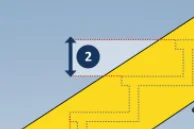
Minimum Stair Tread Depth
OSHA and IBC have different tread depth requirements for different stair types. OSHA introduced minimum tread depths in its 2017 update to walking-working surface standards. IBC has required minimum tread depth for many years.
OSHA and IBC determine the minimum tread depths and maximum riser heights based on research of stairways with various tread and riser dimensions. One important study by John Templer in 1976 showed that reducing tread depth to less than about 11 inches resulted in more missteps. Other studies have shown that as tread depth narrows missteps increase. Based on these results and others, the major building codes adopted standards for minimum tread depth and riser heights.
Standard Stair Tread Depth Requirements
Under OSHA, a standard stair means a fixed or permanently installed stairway that is not an alternating tread stair, ship stair, or spiral stair.
OSHA 1910.25(c)(3) requires standard stairs to have a minimum tread depth of 9.5 inches (24 cm).
IBC 1011.5.2 requires that stair treads be 11 inches (279mm) minimum measured horizontally between the vertical planes of the foremost projection of adjacent treads and at a right angle to the treads leading edge.
In group R-3 occupancies, within dwelling units in R-2 occupancies, and within group U occupancies that are accessory to group R-3 occupancies or accessory to individual dwelling units within R-2 occupancies, the minimum tread depth shall be 10 inches.
The 10 inch minimum tread depth applies to most permanent residential occupancies with multiple dwelling units.
Alternating Stair Tread Depth Requirements
Alternating tread stairs are a type of ship ladder used to access tight spaces. OSHA defines an Alternating tread-type stair as a type of stairway consisting of a series of treads that usually are attached to a center support in an alternating manner such that an employee typically does not have both feet on the same level while using the stairway.
OSHA 1910.25(f)(3) requires alternating tread stairs to have a minimum tread depth of 8.5 inches (22 cm).
IBC 1011.14.2 requires alternating tread devices to have a minimum projected tread depth of 8.5 inches (216mm).
Ships Ladder Tread Depth Requirements
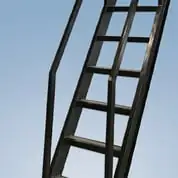 Ship stairs are very steep stairs used to access tight spaces. OSHA defines a Ship stair (ship ladder) as a stairway that is equipped with treads, stair rails, and open risers, and has a slope that is between 50 and 70 degrees from the horizontal.
Ship stairs are very steep stairs used to access tight spaces. OSHA defines a Ship stair (ship ladder) as a stairway that is equipped with treads, stair rails, and open risers, and has a slope that is between 50 and 70 degrees from the horizontal.
OSHA 1910.25(e)(3) requires ship stairs to have minimum tread depth of 4 inches (10 cm).
IBC 1011.15.2 requires ships ladders to have a minimum tread depth of 5 inches (127mm).
Spiral Stair Tread Depth Requirements
OSHA defines a Spiral stair as a series of treads attached to a vertical pole in a winding fashion, usually within a cylindrical space.
OSHA 1910.25(d)(4) requires spiral stairs to have a minimum tread depth of 7.5 inches (19 cm), measured at a point 12 inches (30 cm) from the narrower edge.
IBC 1011.10 requires spiral stairways to have a 6 3/4 inch (171mm) minimum clear tread depth at a point 12 inches (305mm) from the narrow edge.
Minimum Stair Tread Depth Chart
| Standard stairs | 9.5″ | 11″ |
| Alternating tread stairs | 8.5″ | 8.5″ |
| Spiral stairs | 7.5″ | 6.75″ |
| Ship stairs | 4″ | 5″ |
Tread depths vary considerably between stair types. Research shows that having adequate tread depth is a major safety factor of stairways. You can see the difference tread depth makes when descending an alternating tread stair with 8.5″ tread depth compared to a steep stair with 4″ tread depth.
Maximum Stair Riser Height
OSHA and IBC also have different maximum stair riser height requirements depending on the type of stairway.
Standard Stair Riser Height Requirements
OSHA 1910.25(c)(2) requires standard stairs to have a maximum riser height of 9.5 inches (24 cm).
IBC 1011.5.2 requires that stair riser heights shall be 7 inches (178 mm) maximum and 4 inches (102 mm) minimum.
In group R-3 occupancies, within dwelling units in R-2 occupancies, and within group U occupancies that are accessory to group R-3 occupancies or accessory to individual dwelling units within R-2 occupancies, the maximum riser height shall be 7-3/4 inches.
The 7-3/4 inch maximum riser applies to most permanent residential occupancies with multiple dwelling units.
Alternating Stair Riser Height Requirements
OSHA does not state specifically a maximum riser height for alternating tread stairs. For treads and riser of alternating tread stairs, OSHA requires that alternating tread stairs have a series of treads installed at a slope of 50 to 70 degrees from the horizontal and that they have a minimum tread depth of 8.5 inches (22 cm). If tread depth is less than 9.5″ alternating tread stairs must have open riser.
IBC 1011.14.2 requires that alternating tread devices have a maximum riser height of 9 1/2″ (241mm).
Spiral Stair Riser Height Requirements
OSHA 1910.25(d)(2) requires spiral stairs to have have a maximum riser height of 9.5 inches (24 cm).
IBC 1011.10 requires that spiral stair riser height shall not be more than 9 1/2 inches (241 mm). The risers shall be sufficient to provide a headroom clearance of 78 inches (1981mm) minimum.
Ships Ladder Riser Height Requirements
OSHA 1910.25(e)(2) requires ship stairs to have open risers with a vertical rise between tread surfaces of 6.5 to 12 inches (17 to 30 cm).
IBC 1011.15.2 requires ships ladders to have a maximum riser height of 9 1/2″ (241mm).
Maximum Stair Riser Height Chart
 |
||
| Standard stairs | 9.5″ | 7″ |
| Alternating tread stairs | NA | 9.5″ |
| Spiral stairs | 9.5″ | 9.5″ |
| Ship stairs | 12″ | 9.5″ |
Conclusion
You can see from the chart that the minimum tread depth and maximum riser heights vary greatly between different stair types. The tread and riser height dimensions depend on the standard stair angle. Generally, steeper angled stairs, like ship stairs or ships ladders, have less tread depth because as a stair gets steeper, the tread above becomes an obstacle to the tread below.
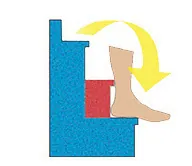
OSHA introduced it’s own minimums for tread depth and riser height in the 2017 update to walking-working surfaces.
Based on the stair codes and safety research, we recommend designing stairs to maximize stair tread depth as much as possible.
For applications without space-restrictions, choose standard stairs with as close as possible to 11″ tread depth.
For space-restricted applications, choose alternating tread stairs with more than 2x the usable tread depth as ships stairs.
FAQs On Stair Riser Height & Stair Tread Depth Codes
What is the standard stair tread and riser?
The standard stair tread is the horizontal member of a stair that serves as the walking surface. The standard riser is the vertical member of a stair that is located at the back of a stair tread and connects close to the front edge of the next higher tread.
Is there a maximum stair tread depth?
There is not a maximum stair tread depth under either the 2018 IBC stairway design criteria or the OSHA stairway design criteria. There are only minimum stair tread depth requirements.
How deep should a stair tread be?
A stair tread should be a minimum of 11″ deep for stairs used as a means of egress under the 2018 IBC building code. A stair tread should be a minimum 9.5″ deep for stairs used as equipment access under the OSHA standards for stairways.
What is code for rise and run of stairs?
The 2018 IBC building code for rise and run of stairs is a maximum 7″ rise and minimum 11″ run (tread depth). The OSHA standard for rise and run of stairs is maximum 9.5″ rise and minimum 9.5″ run (tread depth). The IBC maximum rise of a single stair flight is 12.’

